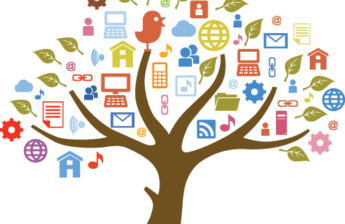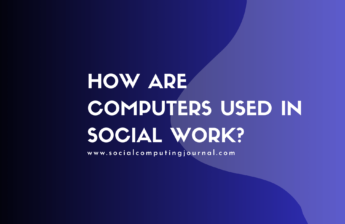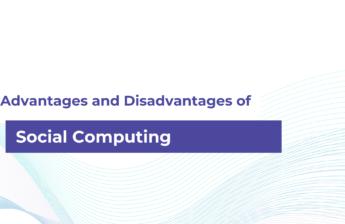Social computing covers a broad variety of platforms, technologies and methods that enable people’s interaction as well as collaboration within the electronic sphere. It has changed our communication as well as work and share information. To fully comprehend the underlying principles that social computing is, it is essential to study the fundamental principles that guide its operation. This article we’ll examine the fundamental aspects of social computing as well as their role in shaping our connected digital world.
Contents
Exploring the Principles of Social Computing
Collective Intelligence
Collective intelligence is an essential concept that underlies social computing. It demonstrates that groups of people, with the help of technology, are able to collectively accomplish tasks, solve issues, as well as make choices that exceed the capabilities of an individual. This is the principle the basis of crowdsourcing platforms such as Wikipedia which is where a global community collaborates to build and maintain an vast dictionary.
- Crowdsourcing platforms such as Wikipedia and citizen science projects as well as open source software creation depend on the collective wisdom of the talents of a vast and diverse collection of people to produce valuable content and resolve complex problems.
User-Generated Content
Content created by users (UGC) is a further pillar for social computing. It is a way for people, not traditional authorities or institutions are the primary contributors in the creation and distribution of information. Platforms for social media, blogs and content sharing sites allow users to publish, create and distribute their content by democratizing information and giving the voice to a variety of viewpoints.
Network Effects
The concept of network effects shows the benefits that a computer system can bring to a platform grows as more people are involved and join in. In simple terms the more people utilize an application or platform the more efficient and attractive it gets. This is the basis for the popularity of social media sites such as Facebook and X(Twitter), in which the value of the network increases exponentially as the number of users.
- Social Media Social networks such as Facebook as well as Instagram thrive on the network effect. As more users join these platforms there are more connections to form and more content to interact with, and a greater opportunity to communicate, which improves the user experience overall.
Trust and Reputation Systems
Systems for trust and reputation are vital for establishing credibility and encouraging co-operation in online communities. These systems employ algorithms and feedback from users to evaluate the authenticity and conduct of the participants. Through the use of badges or reputation scores social computing platforms reward positive actions and allow users to make informed choices on who to trust or interact with.
Social Capital
Social capital refers to the primary currency used in social computing. It is the term used to describe the connections, resources and advantages that users benefit from their participation in social networks and online communities. Social capital building can lead to collaboration opportunities as well as knowledge sharing and personal development. Social computing platforms help users to develop and leverage the social network in a variety of ways.
Privacy and Security
Security and privacy are essential aspects of social computing. Users should feel secure and comfortable sharing their personal data as well as their opinions and information online. Secure security measures, privacy controls, data encryption and cybersecurity measures are essential to safeguard users from threats like cyberbullying, identity theft, and data breach.
Ethical Considerations
Ethics plays an increasing part in the social computing. As technology advances, concerns concerning ethical issues with data, algorithmic bias and digital citizenship are raised. It’s crucial for organizations, individuals and policymakers to consider the ethical questions so that computing through social networks is an instrument to benefit society.
Lightweight Models
Social computing models that are lightweight refer to sleek and agile systems designed to allow users to interact with minimum friction.
They are designed to be simple user-friendliness, convenience, and easy acces to relevant information which makes them more attractive to a larger audience of users.
- Messaging apps Popular messaging apps such as WhatsApp and Telegram use lightweight designs which allow users to send texts, multimedia and instant messaging with minimum effort. The ease of use of these apps has led to widespread acceptance and involvement.
Unbounded Collaboration
Unbounded Collaboration is a notion that transcends organizational and geographical boundaries, allowing individuals with different backgrounds and places to work seamlessly. Social computing platforms remove old barriers, allowing global collaboration and sharing of information.
- Virtual Conferencing Platforms like Zoom as well as Microsoft Teams exemplify unbounded collaboration by allowing teams and individuals to work in real-time regardless of where they are. This has been especially important to remote workers and for international co-operation.





